Psidium Guajava, commonly known as guava, is a small tree or shrub species belonging to…
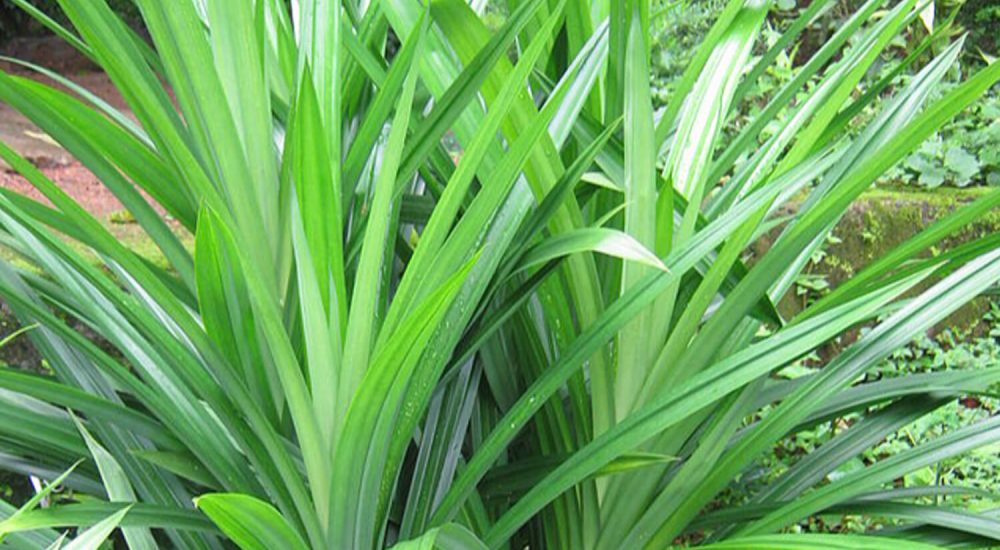
4 Benefits of Pandanus Amaryllifolius Leaves
Pandanus amaryllifolius, commonly known as the Pandan plant or Pandan leaves, is a tropical plant species that belongs to the Pandanaceae family. It is native to Southeast Asia, particularly in countries such as Malaysia, Indonesia, Thailand, and the Philippines.
Pandan leaves are long, narrow, and blade-like, with a bright green color. They grow in clusters and have a unique fragrance that is often described as sweet, floral, and reminiscent of freshly cut grass. The leaves are widely used in Southeast Asian cuisine for their distinct flavor and aroma.
In culinary applications, Pandan leaves are primarily used to add fragrance and flavor to various dishes, desserts, and beverages. The leaves are often tied into knots or shredded and added to dishes like rice, curries, and soups, where they infuse their characteristic aroma. Pandan leaves are also used to flavor cakes, puddings, jellies, and ice creams.
Apart from its culinary uses, Pandan leaves are also believed to have medicinal properties in traditional medicine practices. They are thought to possess antioxidant, anti-inflammatory, and antimicrobial properties. However, scientific research on the medicinal benefits of Pandan leaves is limited, and further studies are needed to validate these claims.
Overall, Pandanus amaryllifolius, or Pandan plant, is highly valued for its aromatic leaves and is an integral part of Southeast Asian cuisine, adding a unique flavor and fragrance to a wide range of dishes and desserts.
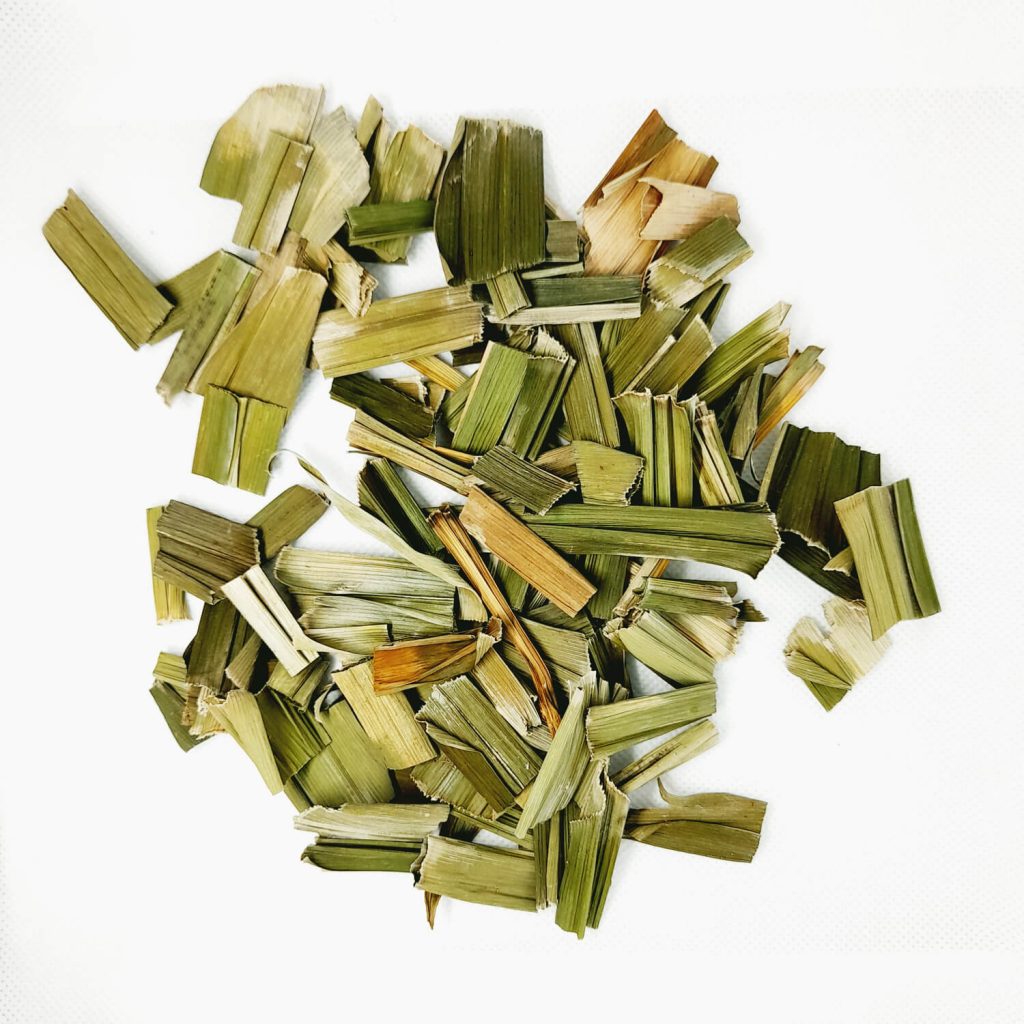
Benefits of Pandanus Amaryllifolius Leaves
While Pandanus amaryllifolius leaves, commonly known as Pandan leaves, are primarily used for their distinct flavor and aroma in culinary applications, they are also believed to offer certain health benefits. However, it’s important to note that scientific research on the specific health effects of Pandan leaves is limited, and many of the claims are based on traditional medicine practices. Here are some potential benefits associated with Pandan leaves:
- Antioxidant properties: Pandan leaves are believed to possess antioxidant compounds that help protect the body against free radicals, which can cause oxidative stress and contribute to various diseases. Antioxidants may have anti-aging effects and help reduce the risk of chronic conditions like heart disease, cancer, and neurodegenerative disorders. However, further research is needed to understand the specific antioxidant components and their effects in Pandan leaves.
- Anti-inflammatory properties: Traditional medicine suggests that Pandan leaves have anti-inflammatory properties, which may help reduce inflammation in the body. Chronic inflammation is associated with various health conditions, including arthritis, cardiovascular disease, and certain cancers. However, scientific studies exploring the anti-inflammatory effects of Pandan leaves are limited.
- Antimicrobial activity: Some research indicates that extracts from Pandan leaves may possess antimicrobial properties, which could help inhibit the growth of certain bacteria and fungi. These properties may have potential applications in combating microbial infections. However, more research is needed to determine the specific mechanisms and efficacy of Pandan leaf extracts against various pathogens.
- Gastroprotective effects: Traditional medicine practices suggest that Pandan leaves may have gastroprotective properties, helping to protect the stomach lining and alleviate digestive issues like ulcers and indigestion. However, scientific studies on the direct effects of Pandan leaves on gastrointestinal health are lacking.
It’s important to remember that while Pandan leaves are generally considered safe for consumption in moderate amounts, individual sensitivities and allergies may vary. As with any herbal or dietary supplement, it’s advisable to consult with a healthcare professional before using Pandan leaves for medicinal purposes.
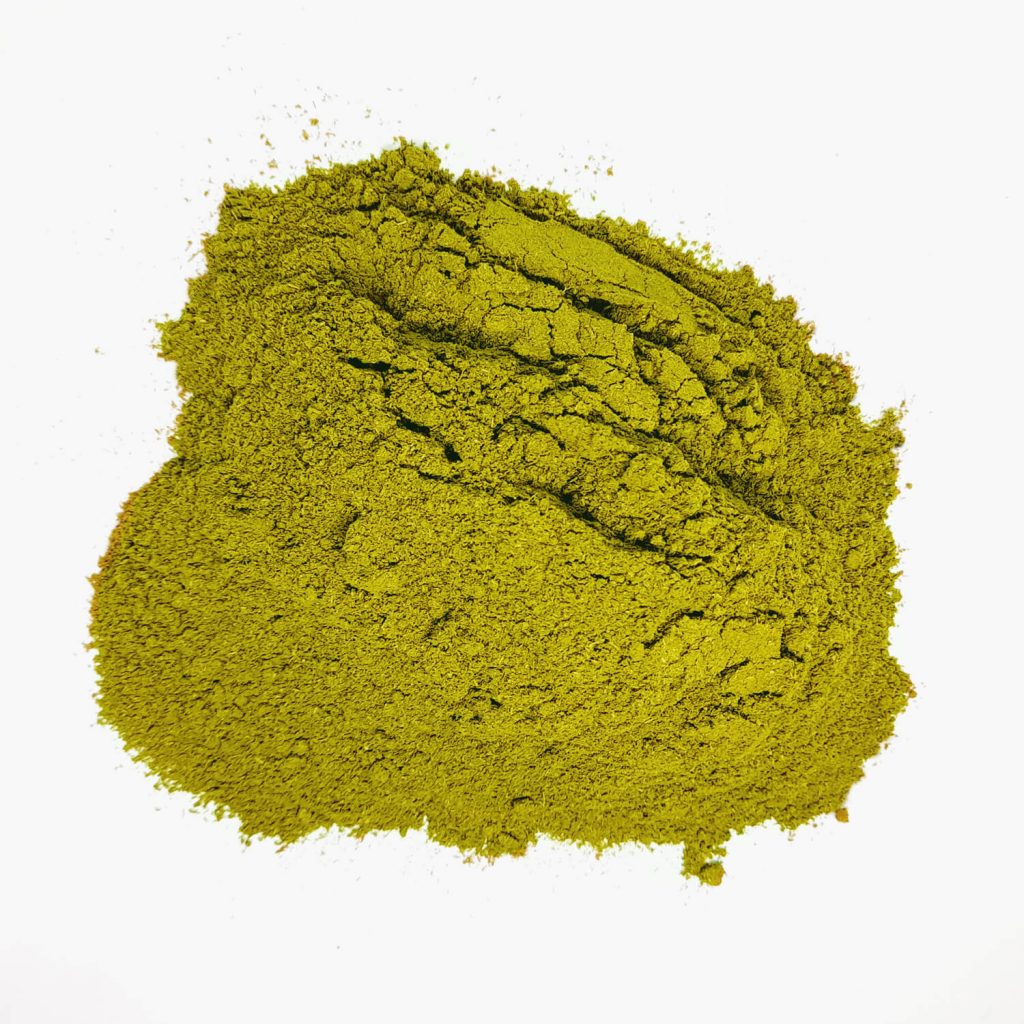
How to use Pandanus Amaryllifolius Leaves
Pandanus amaryllifolius leaves, or Pandan leaves, are widely used in Southeast Asian cuisine for their unique flavor and aroma. Here are some common ways to use Pandan leaves in cooking:
- Infuse in liquids: The most common method is to infuse the flavor of Pandan leaves into liquids like coconut milk, water, or syrups. This is done by tying the leaves into knots or folding them and adding them to the liquid while it is being heated or simmered. The longer the leaves are left in the liquid, the stronger the flavor and aroma will be.
- Flavoring rice: Pandan leaves can be used to add a fragrant touch to steamed rice. Simply place a few leaves on top of the rice before cooking, and they will infuse their aroma into the rice as it steams.
- Desserts and sweets: Pandan leaves are frequently used to flavor desserts, cakes, puddings, jellies, and ice creams. You can blend the leaves with water or coconut milk and strain the liquid to extract the flavor, which can then be added to the dessert recipes.
- Wrapping and grilling: In some dishes, Pandan leaves are used as a wrapping for ingredients before grilling or steaming. The leaves add a subtle aroma to the food and help keep it moist. Common examples include Pandan-wrapped chicken or fish.
- Tea or beverage infusion: Pandan leaves can be used to make a soothing and aromatic herbal tea. Simply boil the leaves in water and let it steep for a few minutes. You can enjoy the tea as is or add sweeteners like honey or sugar to taste. Pandan leaves can also be added to smoothies, cocktails, or other beverages to impart their distinct flavor.
When using Pandan leaves, it’s important to handle them properly. Wash the leaves thoroughly before use and remove any damaged or discolored parts. It’s common to tie the leaves into knots or fold them before adding them to dishes, as this helps release their flavors during cooking.
Remember that Pandan leaves are primarily used for their flavor and aroma, rather than for their nutritional value. Enjoy experimenting with Pandan leaves in your culinary creations to add a unique Southeast Asian touch to your dishes.

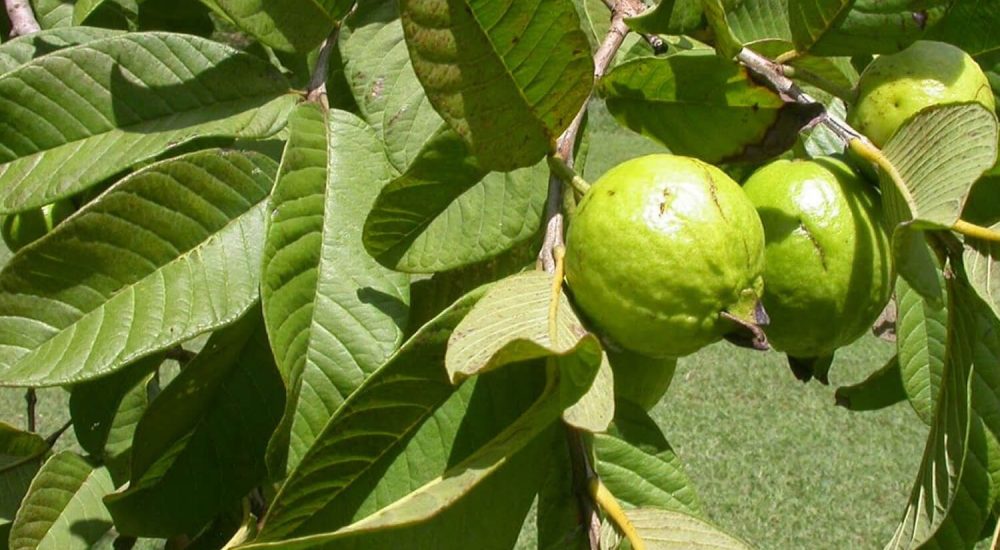
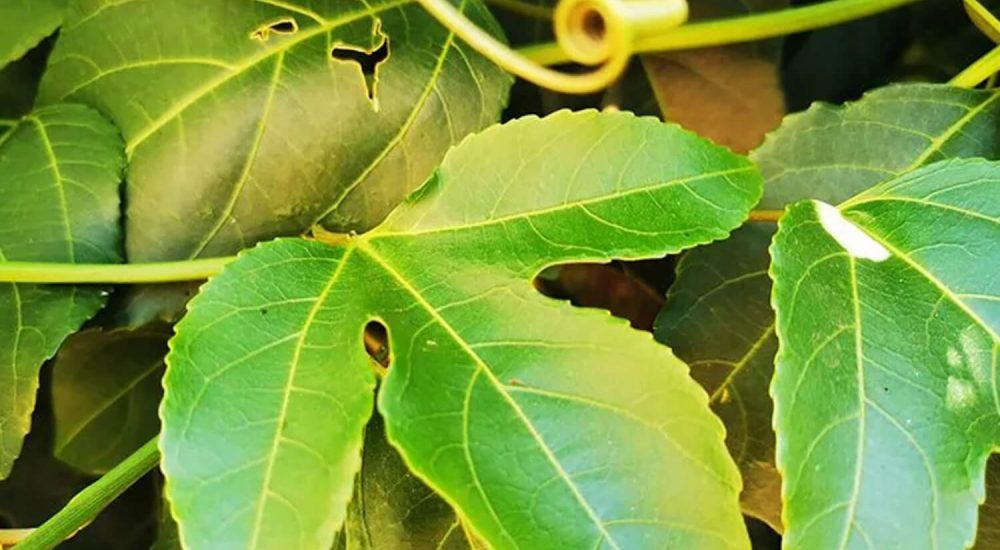
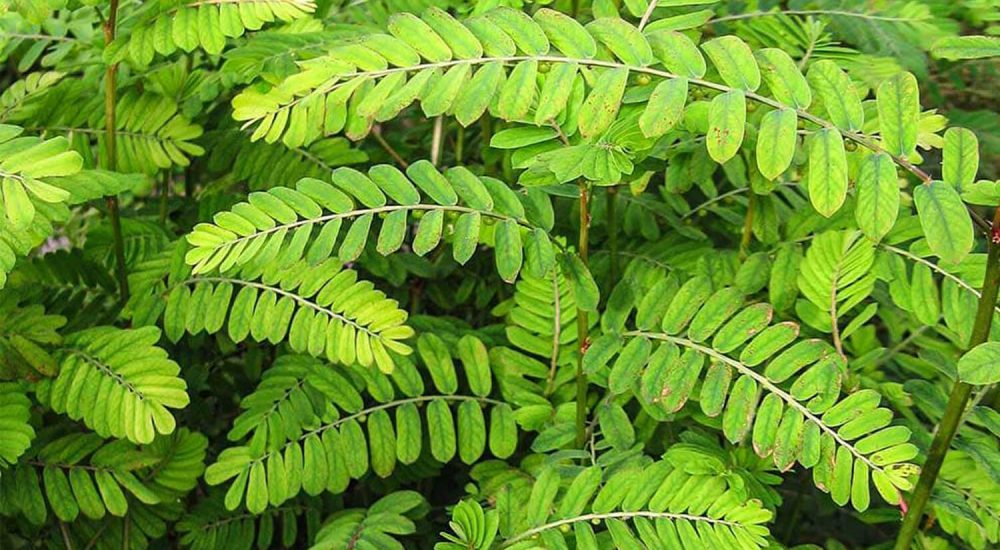
This Post Has 0 Comments